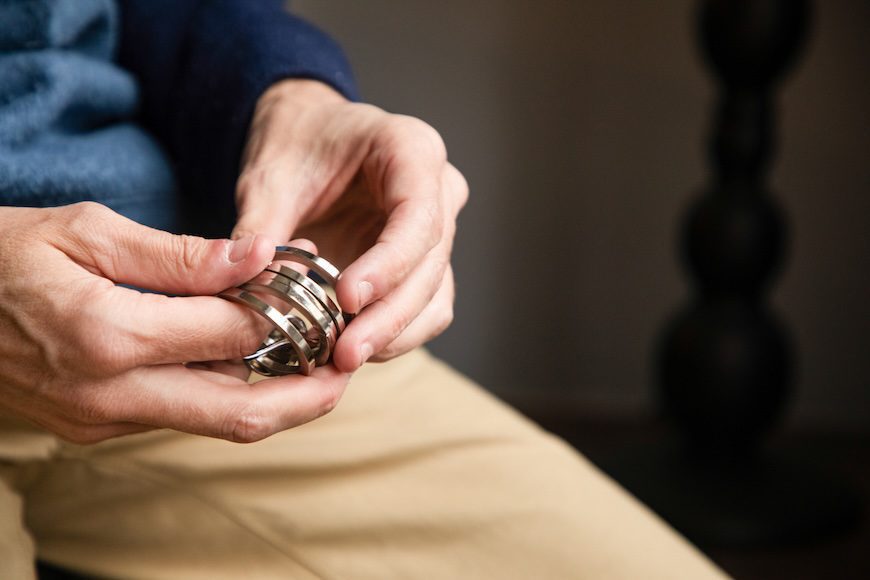Eating disorders are on the rise among young Americans. In the US, the hospital admission rate for eating disorders among young people was less than one percent a month in the two years before the pandemic began in 2020. But once the COVID virus social restrictions were in full force, the rate jumped to more than seven percent a month, according to a JAMA Pediatrics study.
Gender and Body Image
And, though the most common images of eating disorders depict cisgender, white affluent women with anorexia nervosa, they are prevalent among LGBTQ+ youth of various genders and backgrounds. For example, gay males represent about five percent of the total male population in the US. Among males who have eating disorders, studies indicate that about 42 percent identify as gay.
Symptoms in Avoidant/Restrictive Food Intake Disorder
Polyneuropathy and Myopathy in Anorexia Nervosa
Comorbid Eating Disorders in Youth With Bipolar Disorder
The data shows that, for many individuals, body image is directly tied to gender identity. The majority of patients struggling with eating disorders express dissatisfaction with their bodies. They control their food intake as a way to manipulate their size and shape.
People with a condition known as gender dysphoria are especially prone to body dissatisfaction. According to the American Psychological Association (APA), gender dysphoria refers to “psychological distress that results from an incongruence between one’s sex assigned at birth and one’s gender identity.”
Lisa Brownstone, who runs the Bodies Eating and Emotions (BEE) Lab at the University of Denver, told Psychiatrist.com that people who are transgender and non-binary experience gender dysphoria often (but not always) live with body dysmorphia as well.
Driving Factors
Some who experience gender dysphoria have the urge to alter their appearance through healthier means, like clothing choices or haircuts. However, some take it further by adopting a disordered diet.
“For some folks who are experiencing gender dysphoria, they may use the eating disorder—whether that’s restrictive eating or binge eating, or other disordered eating behaviors—to manipulate their body size and shape in order to alleviate that gender dysphoria,” Brownstone said.
Gender diverse patients who want to appear more masculine may attempt to deliberately make their bodies bigger. This can lead down a path to muscle dysmorphia, also sometimes called “bigarexia.”
“On the other side, there are plenty of people who want to make their bodies smaller to feel more masculine,” noted Brownstone, citing the stereotypical androgynous body type with limited curves.
Typically, the driving force behind these patterns distinctly differs from the fixation on body shape and size that drives more widely-understood cases, which aim for social acceptance. This may be why so many gender queer patients’ eating disorders go undetected by physicians.
A Medical Quandary
Even with good intentions, Brownstone explained that some clinicians may fail to detect an eating disorder in a gender diverse patient.
“We can quickly disengage a patient if we immediately ask them questions assuming they have a bunch of body image issues, when maybe they don’t,” Brownstone said. “Maybe it’s entirely driven by gender dysphoria, and you just lost the person by glossing over the complexity of their experience.”
Clinicians should be in tune with how eating disorders might be uniquely in play for gender dysphoric patients. Asking the right questions is a vital first step. Not sure where to start? Brownstone recommended asking the simple yet powerful question, “What’s it like to be in your body?” This approach may give transgender and gender diverse patients assurance that their provider is a supportive resource they can trust.
People seeking gender-affirming surgeries (GAS) may be at particularly high risk for eating disorders. Body mass index (BMI) requirements often lead doctors to recommend calorie-restrictive diets to patients who don’t meet them.
“A group that’s at high risk of having an eating disorder are actually being prescribed eating disorders in order to gain lifesaving care,” Brownstone cautioned, noting she treated several patients who were hospitalized after following their doctors’ dietary plans.
On top of that, Brownstone believes that there is no empirical evidence to support the BMI requirements for GAS in the first place, stating, “That’s mostly driven by weight stigma.”
A Way Forward
In Brownstone’s opinion, gender dysphoria stems from the belief there are two genders and that people of either gender must look a certain way. Those who don’t fit into those boxes are often left with feelings of confusion, discomfort, and depression.
Patients experiencing gender dysphoria are not only at risk for eating disorders. The condition is also connected to suicidal ideation, intent, and planning. The first step towards proper care? Increased awareness among physicians about how conditions like eating disorders can present in patients with gender dysphoria.
“Our patients are the ones that can really tell us about how they experience their bodies, how they experience their gender,” Brownstone said. “I think we do need to rely on what they tell us, and we need to believe them.”



